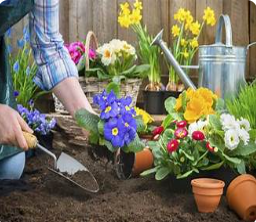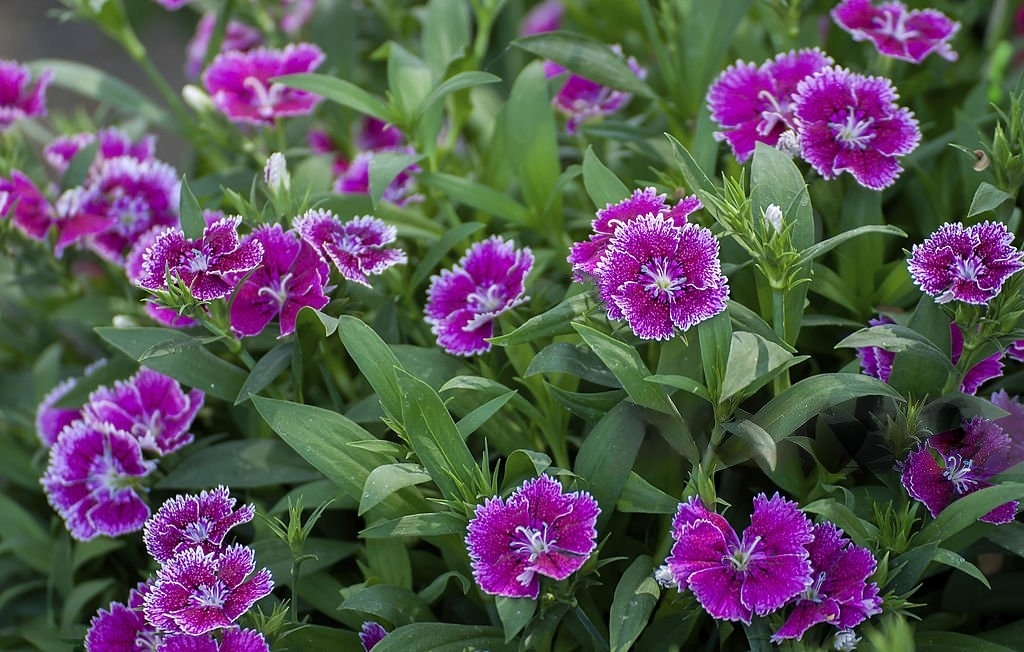As the days grow shorter and temperatures drop, it’s time to start thinking about transitioning your garden from the warmth of summer to the cooler fall season. Preparing your garden for fall is essential to ensure that your plants thrive during the colder months and to set the stage for a vibrant spring. Here are some key tips to help you get started:
Clean Up Your Garden Beds
Begin by removing any dead or diseased plants, weeds, and debris from your garden beds. This helps prevent pests and diseases from overwintering and reduces their chances of affecting your garden next season.
affecting your garden next season.
Trim back perennials that have finished blooming, but leave some seed heads, like those of coneflowers and sunflowers, to provide food for birds
Compost and Mulch
Add a layer of compost to your garden beds to enrich the soil with nutrients. This will help improve soil structure and fertility for the next growing season.
Apply a thick layer of mulch (about 2-3 inches) around your plants to help insulate the soil, retain moisture, and suppress weeds. Mulching also protects plant roots from temperature fluctuations.
Plant Fall Vegetables and Flowers
Fall is a great time to plant cool-season vegetables like kale, broccoli, carrots, and spinach. These crops thrive in cooler temperatures and can often be harvested well into late fall.
Consider planting fall-blooming flowers such as chrysanthemums, asters, and pansies to add color to your garden as summer flowers fade.
Protect Sensitive Plants
If you have tender perennials or potted plants that aren’t frost-hardy, consider bringing them indoors or to a sheltered area before the first frost. Alternatively, you can cover them with frost cloths or blankets on cold nights.
For plants that will remain outside, consider adding an extra layer of mulch or straw around their bases to protect their roots from freezing temperatures.
Plan for Spring
Fall is the perfect time to plant spring-blooming bulbs like tulips, daffodils, and crocuses. Planting them now allows them to establish roots before the ground freezes, ensuring a beautiful display come spring.
Take note of any areas in your garden that didn’t perform well this year, and make plans to improve them next season. This might include adjusting your planting strategy, improving soil quality, or considering new plant varieties.
Watering and Irrigation
As temperatures cool, plants will require less water, but don’t neglect watering entirely. Ensure that your garden receives adequate moisture, especially during dry spells, to keep plants healthy.
If you use an irrigation system, now is a good time to check for any leaks or issues and to prepare it for winter by draining and storing hoses and other equipment.
Take Care of Your Tools
Clean, sharpen, and store your gardening tools properly to prevent rust and damage over the winter. Well-maintained tools will be ready to use when spring arrives.
Consider servicing your lawnmower, trimmer, and other garden equipment before storing them for the season.
By following these tips, you’ll help your garden transition smoothly into fall, ensuring that it remains healthy and vibrant throughout the season and ready for a strong start in spring. Happy gardening!
To Get Gardening Services Contact us at: +91 7376841090

